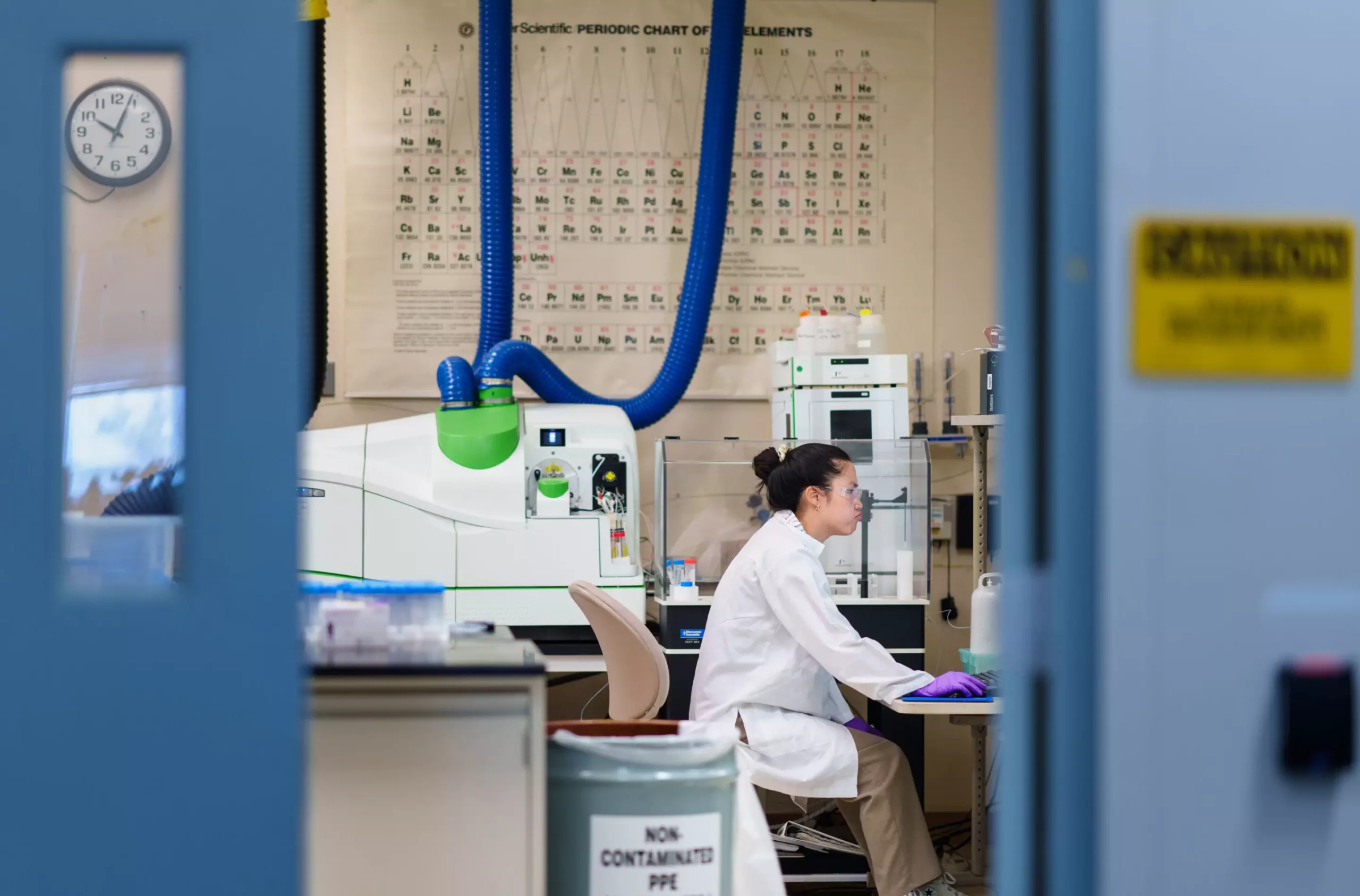Rare-earth elements (REEs) serve as the backbone of modern technology, playing pivotal roles in devices ranging from smartphones to electric vehicles. Despite their ubiquitous presence, the extraction and purification processes for these critical metals are often environmentally damaging and largely concentrated in specific regions, predominantly China. However, recent advancements by a multidisciplinary team at Sandia National Laboratories suggest a promising shift towards more sustainable extraction methods, leveraging innovative materials known as metal-organic frameworks (MOFs).
The Environmental Challenge of Rare-Earth Element Extraction
Traditional methods for refining rare-earth elements involve the use of caustic acids and hazardous solvents, processes that not only generate significant environmental waste but also pose health risks to workers and surrounding ecosystems. The reliance on China for 90% of the global supply further complicates the situation, raising concerns over geopolitical stability and resource security. This backdrop highlights the urgent need for sustainable and efficient alternatives that can reduce ecological footprints while satisfying the growing demand for rare-earth elements.
Innovative Approaches: Metal-Organic Frameworks
To tackle these challenges, researchers at Sandia National Laboratories have embarked on developing MOFs—structures resembling tinker toys that consist of metal hubs linked by organic rods. These frameworks are not just architecturally interesting; they offer unique properties for selective adsorption of rare-earth elements. By synthesizing and modifying these frameworks, the team aims to create a new generation of materials capable of extracting specific metals from complex ore mixtures without the harsh chemicals traditionally used.
One of the significant advances reported by the researchers is their ability to fine-tune the surface chemistry of MOFs, allowing them to selectively target rare-earth elements. According to Anastasia Ilgen, a key member of the research team, experiments demonstrated that these MOFs exhibited enhanced selectivity when engineered appropriately. For instance, incorporating different chemical groups on the MOF’s surface can significantly change their affinity for various metals, enabling targeted extraction.
The team’s experimental work revealed compelling insights into the behavior of MOFs when exposed to rare-earth elements. Focusing on zirconium-based frameworks, they explored how modifications such as the inclusion of phosphonate groups improved adsorption capabilities across different metals. Interestingly, it was found that MOFs with incomplete linker structures showed a higher binding efficiency for certain rare-earth elements, thereby indicating that structural defects might enhance the material’s selectivity.
Moreover, the synergy between experimental studies and computational modeling has proven instrumental in refining the design of these frameworks. Kevin Leung, a computational materials scientist on the team, utilized molecular dynamics simulations and density functional theory to provide a robust understanding of the interactions between rare-earth elements and MOFs. His findings corroborated early experimental data, revealing a preference for negatively charged chemical groups over neutral ones, especially in heavier rare-earth elements. This nuanced understanding of binding preferences ushers in new strategies for optimizing MOF design.
X-Ray Spectroscopy: A New Window into Structural Interactions
Adding another layer of knowledge, Ilgen employed X-ray spectroscopy to elucidate the interaction dynamics between rare-earth elements and the MOFs. Using advanced synchrotron-based techniques, she was able to visually capture the chemical bonding interactions, confirming that rare-earth elements preferentially bond to specific sites within the MOF structures. Such insights were groundbreaking as they provide a previously unseen perspective on the complex relationships at play, a facet that had been theorized but not visually confirmed in prior studies.
This level of understanding sheds light on potential pathways for designing MOFs that can more effectively separate individual rare-earth elements from one another, thus enhancing recovery efficiency. Ilgen’s concept of employing a mix of metal hubs to create MOF sponges that exhibit selective binding properties could revolutionize the recycling and recovery of rare-earth elements from outdated technologies.
The implications of this research are vast, paving the way for the development of new materials tailored for specific applications. Strategies suggested by the team include varying the chemistry of the metal hubs to engineer selective binding sites or focusing on the chemical groups on the surfaces of the MOFs. Each of these avenues represents a step towards achieving sustainable practices in the extraction and recycling of rare-earth elements.
As global demand for rare-earth elements continues to rise, the innovations spearheaded by the Sandia National Laboratories team offer a glimmer of hope. Their pioneering work not only has the potential to reduce environmental impacts associated with traditional extraction methods but also enhances the security of these critical materials, positioning them as leaders in a crucial area of research advancing towards a more sustainable future.

